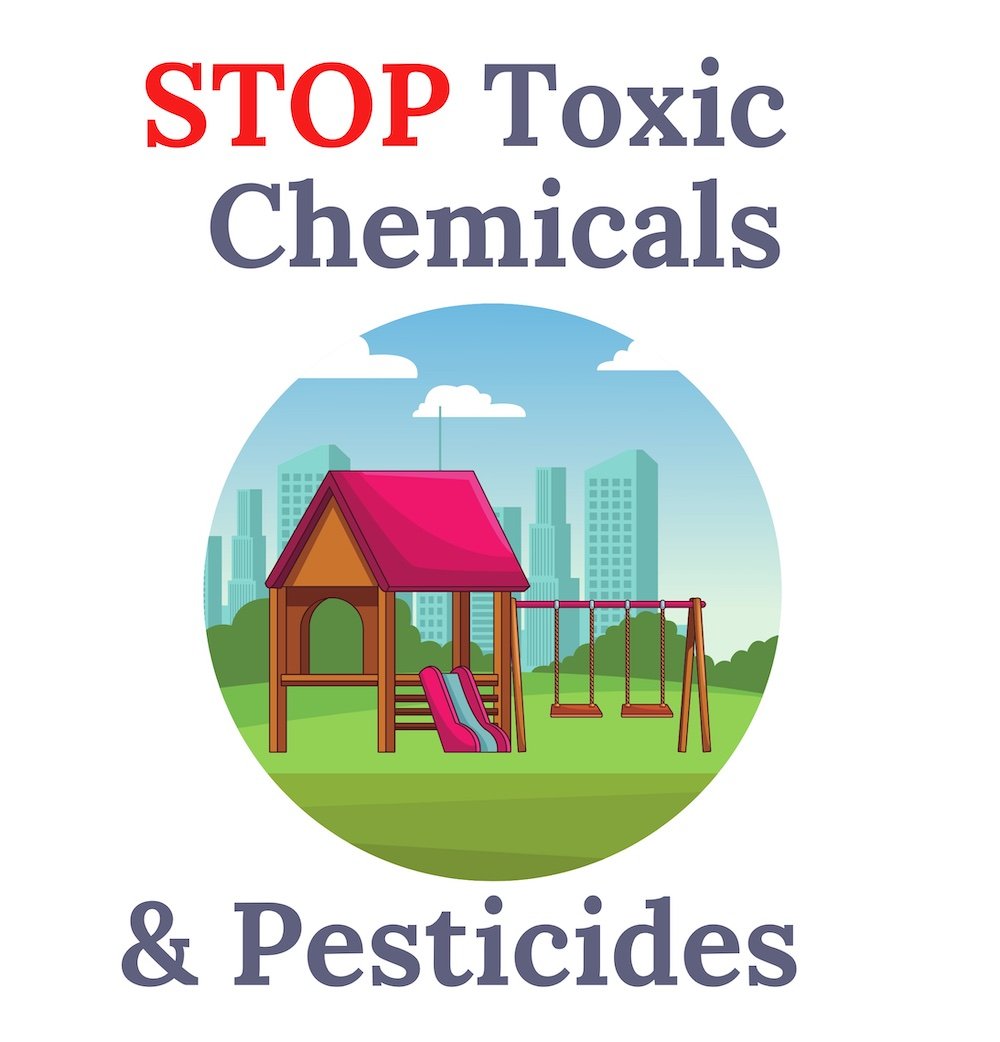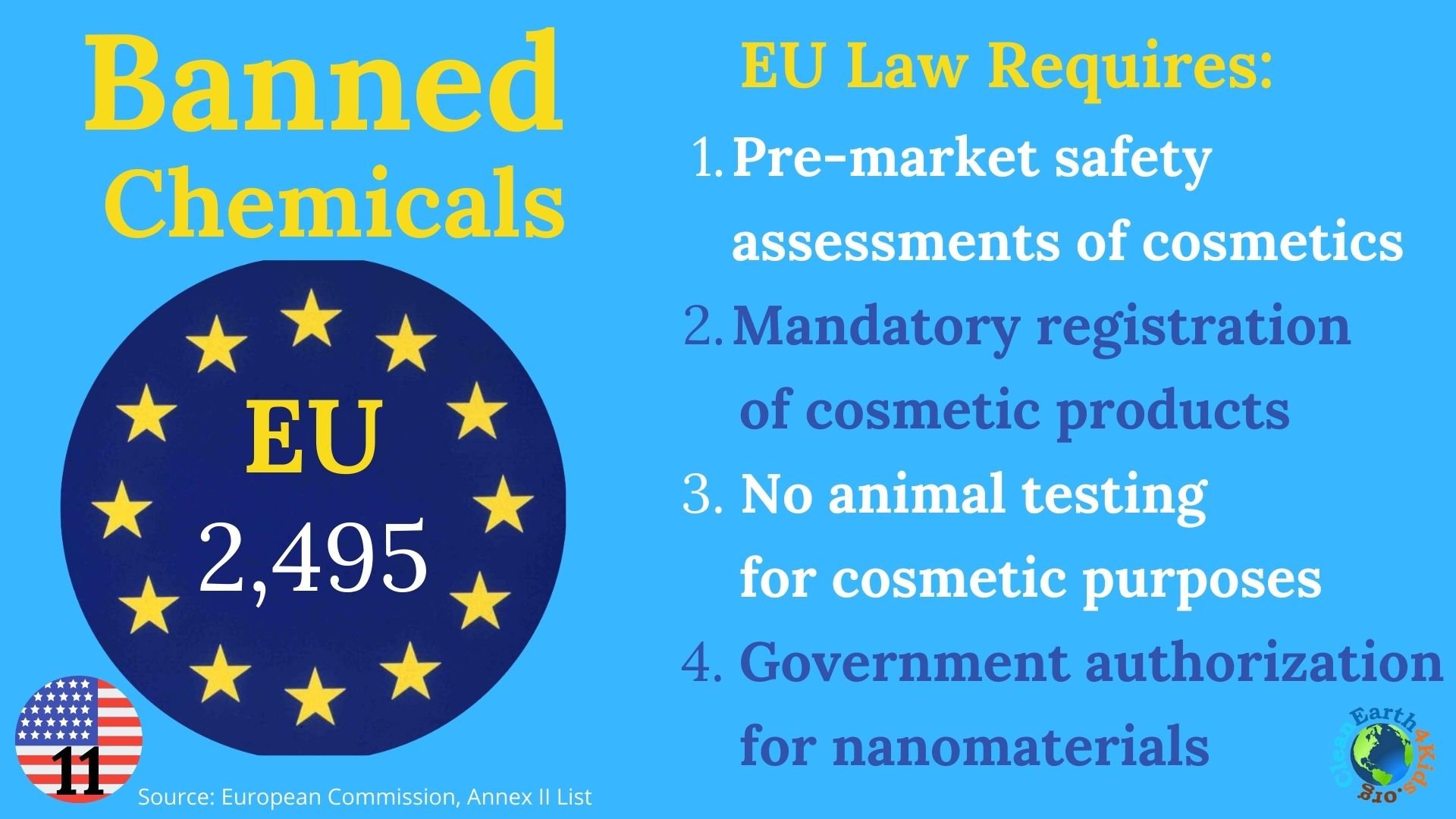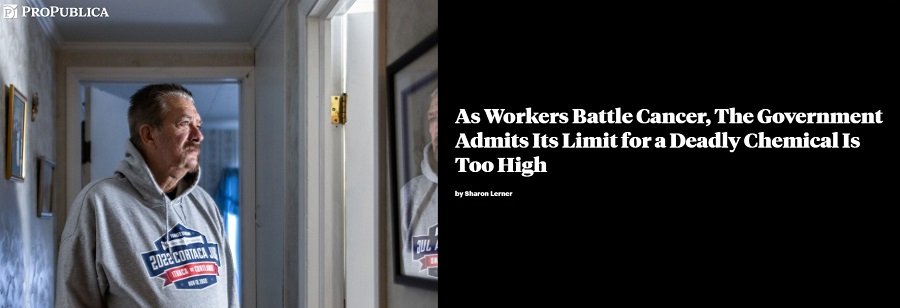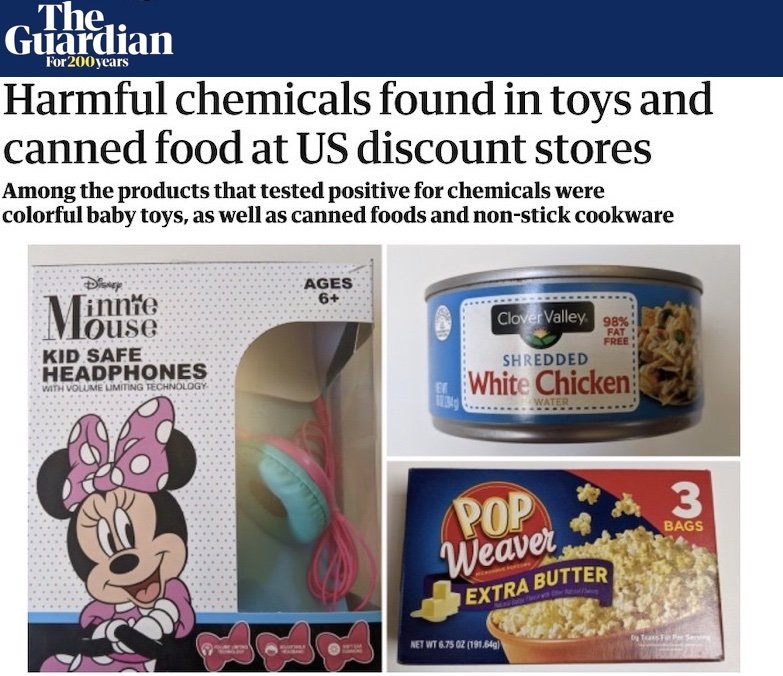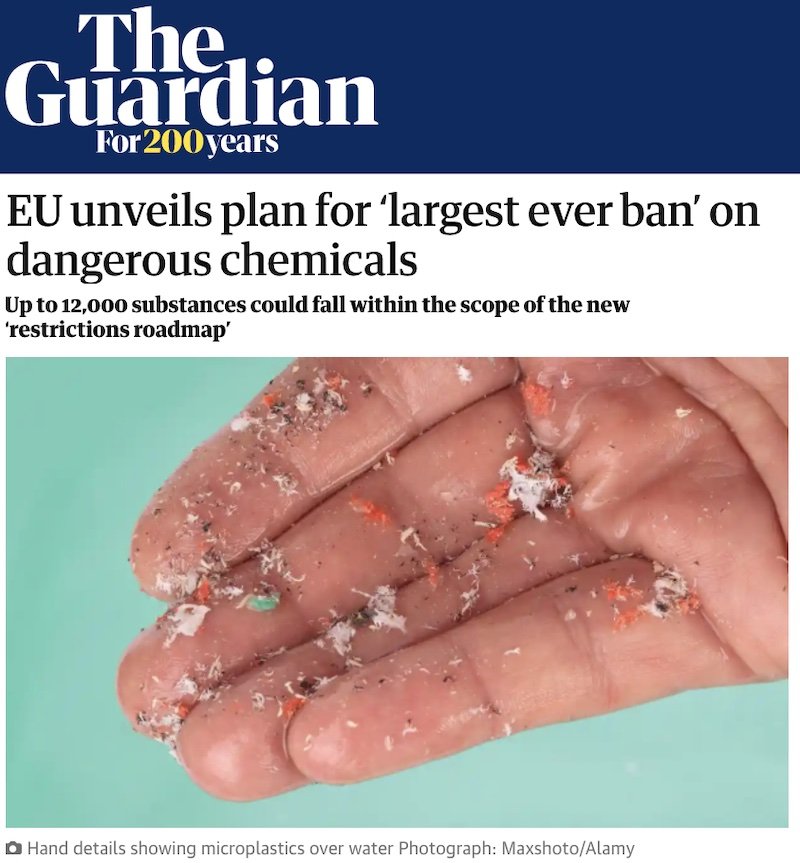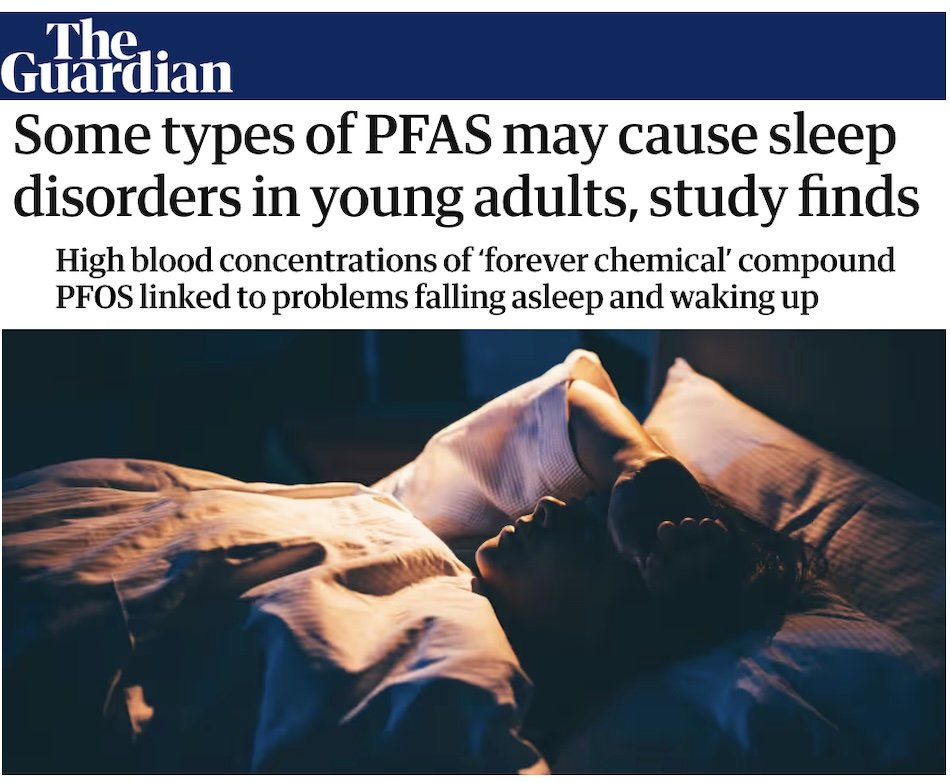Team 5: Stop Toxic Chemicals & PFAS
*Click on Links Below:
*Stop Toxic Pesticides
*Regenerative Farming, Permaculture, Agroecology, Organics & Healthy Soil
*Get the Lead Out
*Synthetic Turf Toxic Chemicals
*Plastic Pollution & Zero Waste
*Actions You Can Take
*Bills to Support
*Stop PFAS
*Makeup Safety Research Tools
*Pollution Tracking Tools
*Non-toxic Cleaning
“…plastics are also responsible for significant harms to human health, the economy, and the earth’s environment. These harms occur at every stage of the plastic life cycle, from extraction of the coal, oil, and gas that are its main feedstocks through to ultimate disposal into the environment.”
“The Toxic Substances Control Act authorizes the EPA to ban or restrict the use of chemicals that pose serious health risks. But industry magnates were so intimately involved in the drafting of the original 1976 bill that the EPA’s first assistant administrator for its chemical division joked the law was “written by industry” and should have been named after the DuPont executive who went over the text line by line.”
“The resulting statute allowed more than 60,000 chemicals to stay on the market without a review of their health risks. It even required the EPA, a public health agency, to always choose regulations that were the “least burdensome” to companies. These two words would doom American chemical regulation for decades.”
Unwrapping Conflict of Interest in Chemicals and Waste Governance.
For decades, many companies have deliberately manipulated and challenged assessments of chemical safety.
“The problem of industry interference applies to almost every industrial chemical, including pesticides, pharmaceuticals, plastics, flame retardants, and asbestos. The tactics remain the same across fields, and are derived from the campaigns waged by climate deniers, tobacco companies, and fossil fuel companies”
“Paralyzed by industry lawsuits from decades ago, the Occupational Safety and Health Administration has all but given up on trying to set a truly protective threshold for ortho-toluidine and thousands of other chemicals. The agency has only updated standards for three chemicals in the past 25 years; each took more than a decade to complete.”
Click here for map of chemical accidents in the US
“There are close to 12,000 facilities across the nation that have on site “extremely hazardous chemicals in amounts that could harm people, the environment, or property if accidentally released”, according to a Government Accountability Office (GAO) report issued last year. These facilities include petroleum refineries, chemical manufacturers, cold storage facilities, fertilizer plants and water and wastewater treatment plants, among others.”
“Pollution, including air pollution, water pollution, pollution from lead and other chemicals, and toxic occupational exposures, is the leading cause of premature death globally, with more than 90% of pollution-related deaths occurring in low- and middle-income countries.”
“Chemical pollution is driven by the extraction, production, and use of fossil fuels (coal, oil, and gas), and fossil fuels are also the primary driver of climate change. Many fossil fuel–derived chemicals (petrochemicals) interfere with the function of the endocrine system.”
“These endocrine-disrupting chemicals (EDCs) are present in many industrial and everyday products (e.g., plastics, building materials, children’s toys, fabrics and dyes, detergents, cosmetics, and pesticides). Exposures have been linked to multiple adverse human health conditions, including cancer, neurodevelopmental harm, and infertility.”
“Fossil-fuel consumption and petrochemical production are more than 15 times higher than they were in the 1950s. Over the past 7 decades, the prevalence of multiple chronic health conditions and attributable deaths has been increasing in the United States and globally. In the United States, for example, between 1990 and 2019, increases in the rates of neurodevelopmental disorders, diabetes, chronic respiratory disease, and cancer ranged from 28% to 150%.”
“Currently, petrochemicals account for 12% of global oil demand but are on course to account for more than a third of the growth in worldwide oil demand by 2030 and nearly half the growth by 2050.”
“There are tens of thousands of chemicals in global commerce, and even small exposures to toxic chemicals during pregnancy can trigger adverse health consequences.”
“Documented links between prenatal exposure to environmental chemicals and adverse health outcomes span the life course and include impacts on fertility and pregnancy, neurodevelopment, and cancer. The global health and economic burden related to toxic environmental chemicals is in excess of millions of deaths and billions of dollars every year.”
Pollution Mapping Tools
TrackingCalifornia.org Pesticide Mapping
Childhood Blood Lead Levels Map
EPA Environmental Justice Screening and Mapping Tool
EPA National Emissions Inventory (ENI) Data
EPA Toxics Release Inventory (TRI) National Analysis Map
EU Chemical Agency Product Health Data Tool
PFAS Exchange: What’s My Exposure
Chemical Testing
Over 84,000 chemicals registered for use in the US
Over 2,000 added every year
Less that 1% have been tested for safety
Under a 2016 law, EPA must review a minimum of 20 chemicals a year, each with a 7 year deadline
Could take hundreds of years for the EPA to finish its reviews
Burden of Proof
In the US, regulators have to prove “unreasonable risk” before taking action
Took over 50 years to ban lead in paint
US is just now looking at completely banning asbestos
Over 55 countries already have: UK, EU, Austrailia, Canada, Japan…
“In the U.S., rates of childhood leukemia, the most common type of childhood cancer, increased 35 percent from 1975-2019; childhood brain cancer rose by 33 percent. Today, one in 285 Americans are diagnosed with cancer before their 20th birthday. Cancer is the leading cause of death by disease for American children. “
“These increases are too rapid to result from genetic changes, which happen over centuries, not decades. Nor are they clearly the result of better diagnostic tools: The tools for diagnosing childhood leukemia, for example, remain unchanged since the 1970s. Behavioral choices — such as smoking and drinking — cannot explain the increase in childhood cancer. “
“And one thing in our shared environment has changed substantially during this same period: the number of manufactured chemicals we’re exposed to on a daily basis.
In the last 100 years, more than 300,000 new manufactured chemicals have been invented. “
“The Massachusetts case is the latest in a string of lawsuits filed around the country that aim to hold the makers and users of PCBs accountable for decades of persistent environmental contamination. The chemicals, formally called polychlorinated biphenyls, have long been linked to an array of human health concerns, including leukemia and other cancers. In one study of nearly 400 children, researchers found that detection of PCBs in the home was associated with a 2-fold increase in risk for acute lymphocytic leukemia.”
Click above to watch the Natural Resources Subcommittee on Oversight and Investigations Congressional Hearing
“Most fragrance compounds belong to one of three families: phthalates, synthetic musks and “sensitizers”.”
“These compounds accumulate in the environment and wildlife, thus serving as a source for secondary exposure in humans.”
“Several health concerns are associated with exposure to fragrance compounds: skin, respiratory, neurological and systemic pathology are a few examples.”
“…the European Chemicals Agency favours dealing with chemicals in groups because chemical firms have previously avoided bans on individual chemicals by tweaking their chemical composition to create sister substances that may also be dangerous, but which then require lengthy legislative battles to regulate. The industry tactic, known as “regrettable substitution”, has been criticised by environmental groups for allowing the replacement of substances such as the endocrine-disrupting bisphenol A with other bisphenols.”
“60% of our clothes are made with synthetic textiles derived from oil.”
“Center for Environmental Health have learned that even small clothing items like socks made for babies, children and adults can be loaded with BPA — up to 31 times the safe limit under California environmental law.”
“Big Oil fears that demand for fossil fuels is flattening as the economy moves toward electric vehicles and renewable energy sources. Its plan is to replace some of the profits historically made from selling oil and gas for fuel, with profits made by selling oil and gas as feedstock for increasing amounts of plastics, fertilizers and other petrochemical-based products.”
“Over the years, the food side of FDA has been so ignored and grown so dysfunctional that even former FDA commissioners readily acknowledged problems in interviews.”
“…the Center for Food Safety and Applied Nutrition, the little-known food arm of FDA, has repeatedly failed to take timely action on a wide range of safety and health issues the agency has been aware of for several years, including dangerous pathogens found in water used to grow produce and heavy metal contamination in baby foods.”
“Hazardous chemicals have been found in cord blood, placenta, meconium, and breastmilk samples. These chemicals include commonly known hazards such as lead, mercury, and environmental tobacco smoke, as well as some pesticides, solvents, products containing chlorine, and other chemicals referred to as ‘persistent organic pollutants’.”
“Plastics are of particularly high concern, they said, along with 350,000 synthetic chemicals including pesticides, industrial compounds and antibiotics.”
“Chemical pollution threatens Earth’s systems by damaging the biological and physical processes that underpin all life. For example, pesticides wipe out many non-target insects, which are fundamental to all ecosystems and, therefore, to the provision of clean air, water and food.”
The American Chemistry Council (ACC) is a petrochemical lobbying group that influences policies harm people and communities.
The ACC has an annual budget of over $100 million with board members from Dow, DuPont, Marathon Petroleum, and ExxonMobil. The ACC spent $23 million in federal lobbying in 2013-14.
“The ACC has too often worked to obstruct such regulation, following a pattern modeled by the tobacco industry: deny the science, bring in its own experts to counter the evidence, launch misleading advertising campaigns, and pressure decision makers to abandon restrictions on the chemical's use.”
“We found that the agency did not employ the best available scientific methods and data in characterizing the risks of these chemicals to population health. As a result, we believe that decisions based on the conclusions of these risk evaluations do not measure up to the intent of the Lautenberg Act, which explicitly requires that the agency use best available science and reasonably available information.”
Stop Toxic PFAS
Perfluoroalkyl and polyfluoroalkyl substances, or PFAS, are a group of over 15,000 synthetic chemicals found in many products, including food packaging, water proofing sprays, synthetic turf, household cleaners, stain resistant carpet, nonstick cookware and fire fighting foam.
PFAS chemicals are known as "forever chemicals," as they are extremely strong and don't break down in the environment or in our bodies. They are linked to liver damage, thyroid disease, decreased fertility, high cholesterol, obesity, hormone suppression and several types of cancer.
Click here for EPAs Complete List of PFAS
Click here for EPAs PFAS Strategic Roadmap
Click for here for the PFA family tree
“A new interdisciplinary study found a 191% jump in infant mortality for pregnant women exposed to contaminated drinking water. “
“Researchers identified a link between exposure to per- and polyfluoroalkyl substances – a series of man-made chemicals known as PFAS – in drinking water that significantly increases negative birth outcomes, such as infant mortality and extremely low birth weight.
The study also found that this contamination costs the U.S.at least $7.8 billion due to reproductive harms.”
“Rapidly rising levels of TFA, a class of “forever chemical” thought to damage fertility and child development, are being found in drinking water, blood and rain, causing alarm among experts.
TFA, or trifluoroacetic acid, is a type of per- and polyfluoroalkyl substance (PFAS), a group of human-made chemicals used widely in consumer products that do not break down for thousands of years. Many of the substances have been linked to negative effects on human health.”
“If you’re drinking water, you’re drinking a lot of TFA, wherever you are in the world … China had a 17-fold increase of TFA in surface waters in a decade, the US had a sixfold increase in 23 years.” TFA in rainwater in Germany has been found to have increased fivefold in two decades.
“I’m worried about this because we’ve never seen in recent history a chemical that’s accumulating in so many media at such a high rate,” said Hans Peter Arp from the Norwegian Geotechnical Institute and the Norwegian University of Science and Technology. “It’s accumulating in our tap water, the food we’re eating, plants, trees, the sea, and all in the past few decades.”
“In 1979, an internal company report deemed PFOS “certainly more toxic than anticipated” and recommended longer-term studies. That year, 3M executives flew to San Francisco to consult Harold Hodge, a respected toxicologist. They told Hodge only part of what they knew: that PFOS had sickened and even killed laboratory animals, and had caused liver abnormalities in factory workers.
According to a 3M document that was marked “confidential,” Hodge urged the executives to study whether the company’s fluorochemicals caused reproductive issues or cancer. After reviewing more data, he told one of them to find out whether the chemicals were present “in man,” and he added, “If the levels are high and widespread and the half-life is long, we could have a serious problem.”
Yet Hodge’s warning was omitted from official meeting notes, and the company’s fluorochemical production increased over time.”
Click here for Sharon Lerner’s article “How 3M Executives Convinced a Scientist the Forever Chemicals She Found in Human Blood Were Safe” on how decades ago, Kris Hansen showed 3M that its PFAS chemicals were in people’s bodies. Her bosses halted her work. As the EPA now forces the removal of the chemicals from drinking water, she wrestles with the secrets that 3M kept from her and the world.
“The peer-reviewed University of Southern California (USC) study looked at PFAS levels in the blood of adults between 19 and 24 years old, and found those in the highest one-third slept an average of about 80 fewer minutes nightly than those in the lowest third.”
“For PFOS, a common compound, high blood concentrations were linked strongest to problems falling asleep, staying asleep, waking up or feeling tired during waking hours.”
“Contaminated food represents the main exposure route to PFAS, though most regulatory attention has focused on water. The FDA has faced criticism from independent scientists who say it is failing to protect the public from concerning levels of PFAS found in a range of foods.”
“Packaging is a major source of contamination. PFAS are widely added to packaging to prevent foods from sticking to products or as a grease-proofing agent, and research shows the chemicals can migrate at high levels into food and liquids.”
“The cost to manage the harm created by PFAS chemicals is estimated to be much larger than the recent proposed settlement of $10.3 billion by PFAS manufacturers 3M, as well as the $1.8 billion proposed settlement with Dow, Dupont, and Chemours. Recently, 22 AGs publicly opposed the proposed settlement because “it lets manufacturer 3M Co. off too easily.””
“Recent international studies have found PFAS chemicals in the human brain, including in tumors. The chemicals have been linked to kidney and testicular cancer, decreased fertility and immunity to fight infections, and increased risks of asthma and thyroid disease. The rate of brain cancer among the 532 Phillies who played at the Vet between 1971 and 2003 is about three times the average rate among adult men.”
“The restriction of PFAS is not only being seen as beneficial from an environmental and human health perspective but also from an economical one. In July 2022, researchers calculated the annual disease burden and associated economic costs of exposure to long-chain PFAS in the US to be at least $5.52 billion and up to $62.6 billion…”
“In effect, the agency now says, any detectable amounts of PFOA and PFOS are unsafe to consume.”
“The new advisories cut the safe level of chemical PFOA by more than 17,000 times what the agency had previously said was protective of public health, to now just four "parts per quadrillion." The safe level of a sister chemical, PFOS, was reduced by a factor of 3,500. The chemicals are part of a class of chemicals called per- and polyfluoroalkyl substances (PFAS), also known as forever chemicals due to their extreme resistance to disintegration. They have been linked to different types of cancer, low birthweights, thyroid disease and other health ailments.”
